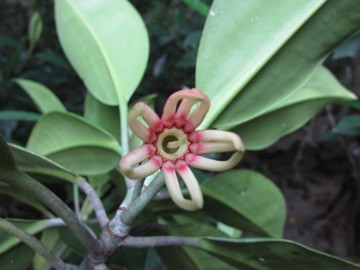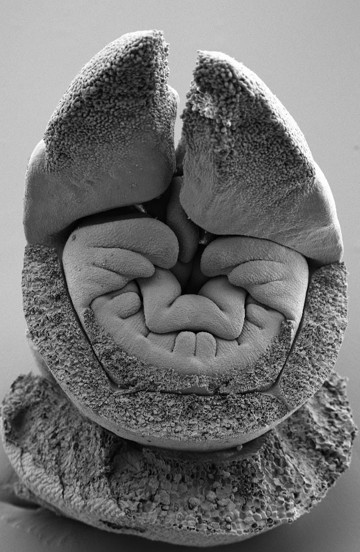
Pentapetalae
-
Floral developmental research allows for the understanding of floral evolution as the interaction of developmental forces, pollination systems and the underlying genetics. Early ontogeny can be used in conjunction with molecular phylogenies to clarify homologies of floral structures.
Several major research questions are currently investigated, such as: (1) the evolution of merism in angiosperms and how flowers play with numbers, (2) the origin and evolution of the flower structure of core eudicots, and (3) the origin and evolution of the perianth and androecium in the core eudicots, with special emphasis on the Caryophyllales.
Where appropriate morphological research questions are linked with the core groups studied at RBGE, including Zingiberaceae, Begoniaceae, Gesneriaceae and Sapotaceae.
Projects
- Evolution of flower diversity in Caryophyllales, with emphasis on the perianth and androecium [with Lai Wei (Beijing Normal University), Sam Brockington (University of Cambridge), Patricia dos Santos (University of Lisbon)]
- Floral evolution in the early diverging eudicots, especially Sabiaceae and Proteales {with P. Thaowetsuwan (PhD student, RBGE-University of Edinburgh), D. Quandt (Bonn University)]
- Effect of forces in flowers on floral morphology [with K. Bull-Hereñu (Museo Nacional de Historia Natural, Santiago), A. Iwamoto (Gakugei University Tokyo), R. Classen-Bockhoff (University of Mainz), FLO-RE-S research group]
- Evolution of floral morphology, labellum and nectaries in Globbeae of Zingiberaceae [with D. Harris (RBGE), M. Newman (RBGE), L. Cao (Hengyang Normal University), A. Iwamoto (Gakugei University Tokyo), A. Ley([University of Halle)]
- Floral evolution in Rosaceae [with Liang Zhao (Northwest A&F University) and Joao Toni (University of Basel)]
- Floral evolution in Oxalidales and Malesherbia [with K. Bull-Hereñu (Museo Nacional de Historia Natural, Santiago)]
Recent Key Publications
Ronse De Craene LP (2018). Understanding the role of floral development in the evolution of angiosperm flowers: a clarification from different perspectives. Journal of Plant Research: 131:367-393.
Ronse De Craene LP (2016). Meristic changes in flowering plants: how flowers play with numbers. Flora 221: 22-37.
Contact: Louis Ronse-de-Craene
-

Flower of Bruguieria gymnorhiza (L.) Lam. (Rhizophoraceae), a 12-merous flower.

Young flower of Napoleonaea vogelii Hook. & Planch. (Lecythidaceae) showing early complexity in development.

Transverse sections of the flower of Pachira aquatica Aubl. (Malvaceae).